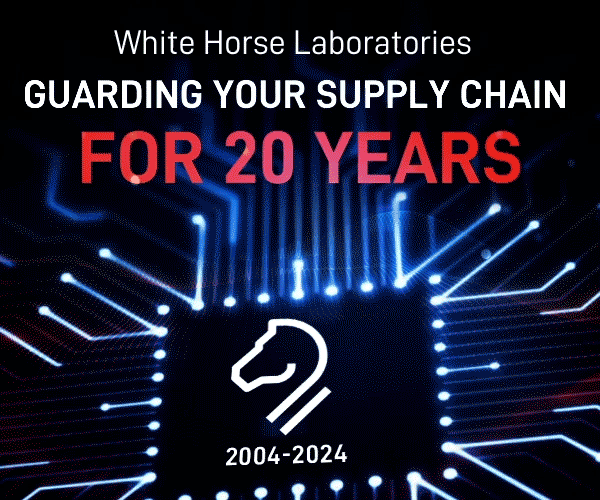Will an electronics lead-time apocalypse hit the Unmanned Aircraft Systems (UAS) industry?
Posted by Jennifer Read | Aug 31, 2018 | Analysis, Associations, Components, EMS, Supply Chain
Originally published on the UAS Blog
Attendees to the 12th annual UAS Summit & Expo held in Grand Forks, North Dakota, heard about the problem from two experts in the electronics manufacturing and distribution businesses during a presentation titled, “Leadtime Apocalypse: Risk in the UAS electronics supply chain.”
Jay Schmidt, executive vice president and general manager of Silicon Forest Electronics (SFE) headquartered in Vancouver, Washington, said he first heard the term lead-time apocalypse from a buyer with the company who was frustrated with her inability to obtain electronic components. SFE does contract manufacturing of custom circuit board assemblies and electro-mechanical systems for aerospace defense and unmanned systems.
The problem, according to Schmidt, is that the lead time for the parts has gotten so long that it’s become highly variable to the point where it causes risks for UAS programs. For example, the lead time for one capacitor went from 11 weeks last year to 38 weeks in April to no lead time now.
“As a UAS program manager, you’re probably at wits end thinking how you’re going to meet your time-to-market schedules when the contract manufacturers can’t even produce a circuit board in a reasonable amount of time,” Schmidt said. “It’s because the lead-time of components has gotten so lengthy that it causes a demand strain.”
Dustin Carlson, western region manager for Digi-Key Corp.—an international electronics distributor—based in Thief River Falls, Minnesota, said the most critical shortage at the moment is for multilayer ceramic capacitors (MLCC). “It’s often referred to as the ‘golden screw’ right now,” he said. “It’s so inexpensive, but it’s causing the biggest amount of heartache for a lot of customers.”
Demand for MLCCs is being driven by the cell phone and automotive industries, as well as companies making applications for the Internet of Things (IOT). For example, Carlson said the latest phone from a major manufacturer has more than 1,000 MLCCs, 400 more than the previous version. New cars contain more and more sensors using thousands of MLCCs, he said.
“The MLCC industry is oversold by 60 to 80 billion pieces a month,” Carlson related. “The current capacity is 4 trillion pieces per month—25 percent oversold. The product is very erratic. They’re trying to get inventory into us, but there’s really no predictability in products coming in. We’re also seeing a lot of manufacturers asking us to cancel.”
Schmidt said manufacturers have been slow to add capacity to meet the demand. In addition, he said the Trump administration’s tariffs on Chinese products have served to exacerbate the situation.
“We don’t know if a component will have a tariff assigned to it until the day the part ships,” he noted. “Some parts may come from Taiwan and some parts may come from China. Some may come from Malaysia. The tariff situation adds a different level of complexity on top of the lead-time availability.”
Carlson pointed out that this isn’t the first time there’s been a shortage of electronic components, but nobody knows for certain when the current shortage will end. He said some experts believe it will last until 2020 while others think there could be some relief by the end of next year.
“The word we’re getting from the supply chain folks is that this erratic lead-time situation doesn’t have an end in sight at the moment,” Schmidt said. “The demand is growing faster than the supply, and something’s got to give. Typically, the lead time is one place where it will give.”










